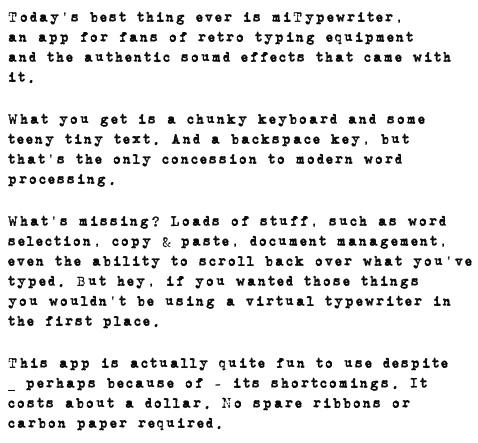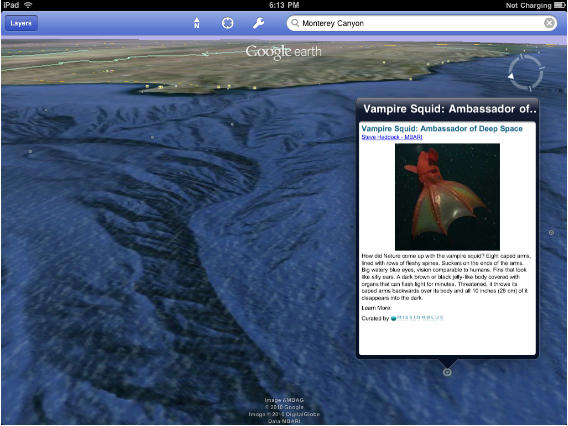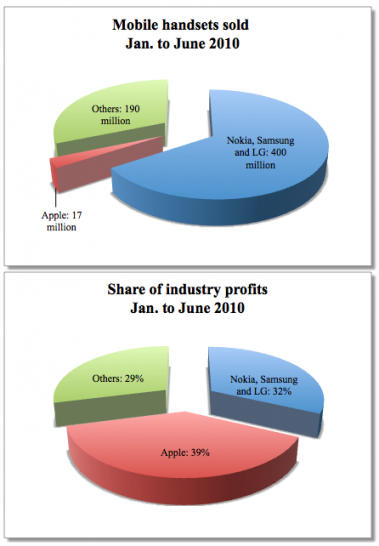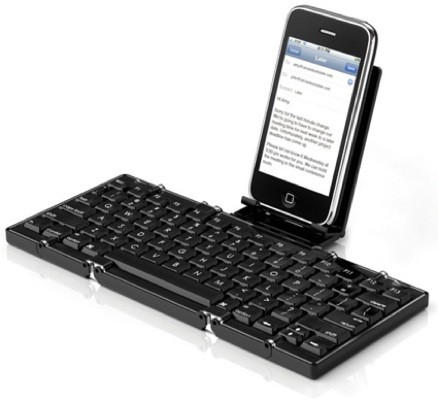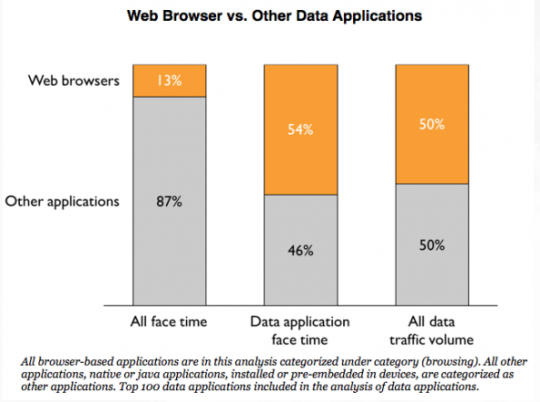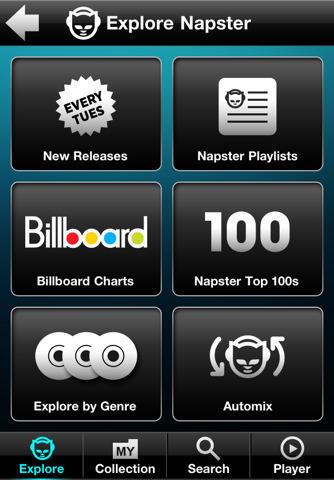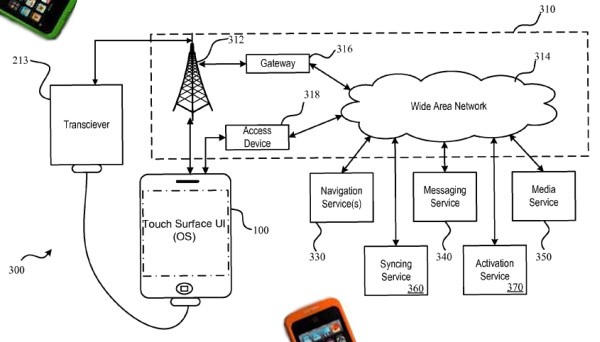Taking a break from the Smartphone Wars to fight a growing threat, Apple and RIM are speaking with one voice when it comes to a common scourge afflicting their App Stores: No More Fart Apps!
According to Alan Panezic, RIM’s Vice President of Platform Product Management:
For us, apps are all about adding real value to the end-user’s life and creating revenue for developer. We don’t need 200 fart apps in App World. Those are apps you’ll use three or four times then never open again. [recombu]
This mirrors the sentiment expressed by Apple three weeks ago with the release of their App Store Development Guidelines:
We have over 250,000 apps in the App Store. We don’t need any more Fart apps. If your app doesn’t do something useful or provide some form of lasting entertainment, it may not be accepted. [Apple]
You know the scourge must be serious when Apple is forced to take this stance even though their own Director of Applications Technology (and Influencer of App Store Approvals), Phillip Shoemaker, previously developed fart apps for the iPhone.
This was probably inevitable. I suspect we’ll survive. But Cartman is furious.
[via SlashDot]
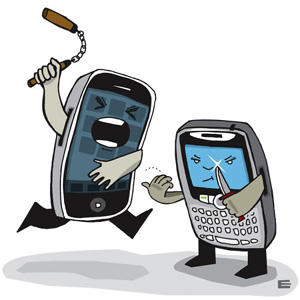



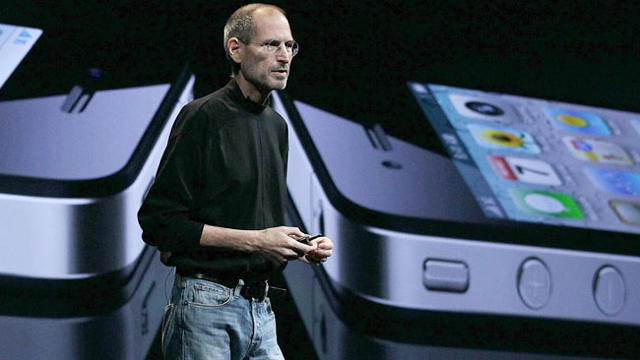


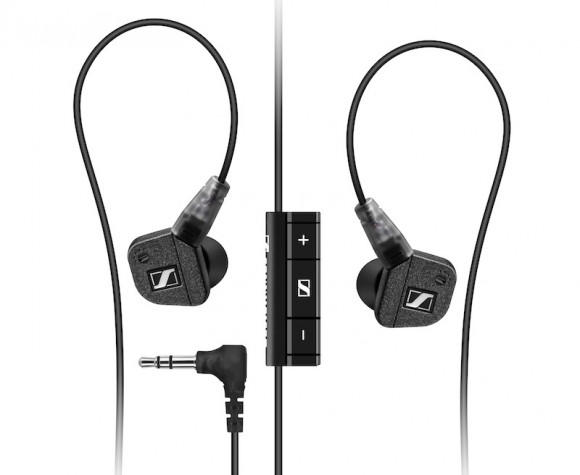

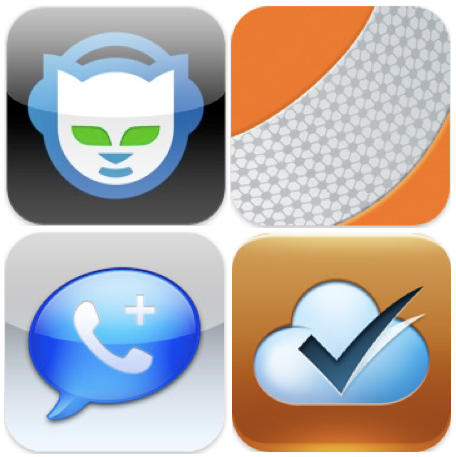




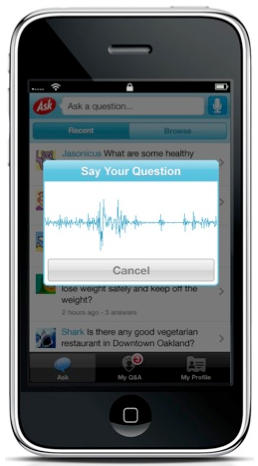
![Type Your Stuff The Old Fashioned Way With MiTypewriter [Review] 20100922-mitypewritershot.jpg](https://www.cultofmac.com/wp-content/uploads/2010/09/20100922-mitypewritershot.jpg)
